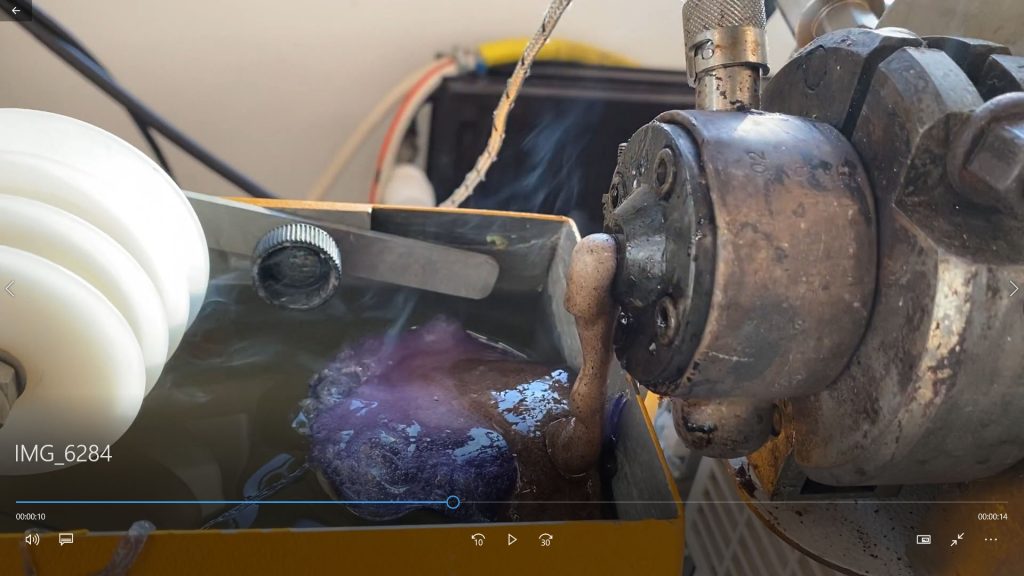
There is great interest in researching the foaming capacity of biopolymers. Not only is foam insulated air and therefore a very good insulation material, but with foam you also get a large surface and that can improve the degradability. This prompted HemCell to set up research in this area together with CoE BBE.
Additives
Various additives such as citric acid and PBS have been added to determine their influence on the foaming capacity of the supplied raw material from HemCell. To get an indication of the amount of foam that was always produced, a quantification was performed using a microscope and the Fiji software.
Water content and temperature
Research into the foaming capacity of the raw material (in which PLA is also blended) showed that the water content in fibers and the temperature of the compounding seemed to be the most important factors in increasing the air bubble surface. The foaming capacity of 10% (m / m) biomass-PLA mixture, at 10 ° C below the standard processing temperature is greater than a 10% (m / m) biomass-PP mixture, at 55 ° C below the processing temperature obtained from the technical data sheet (TDS). It has also been shown that further lowering the temperature with a 10% (m / m) biomass-PLA mixture increases the air bubble surface even further.
A great deal of experience has been gained in this project to map out the foaming capacity not only qualitatively but also quantitatively. This information is available from both HemCell and project leader Jack van Schijndel.








